With Spaces of Possibility, the Bruges Triennial 2024 takes a close look at Bruges and the public space: which places are currently un(der)used? How can we maximise the city centre by dealing with space differently? This fourth edition of TRIBRU challenges artist and architect, viewer and user to think about the future of Bruges and cities worldwide.
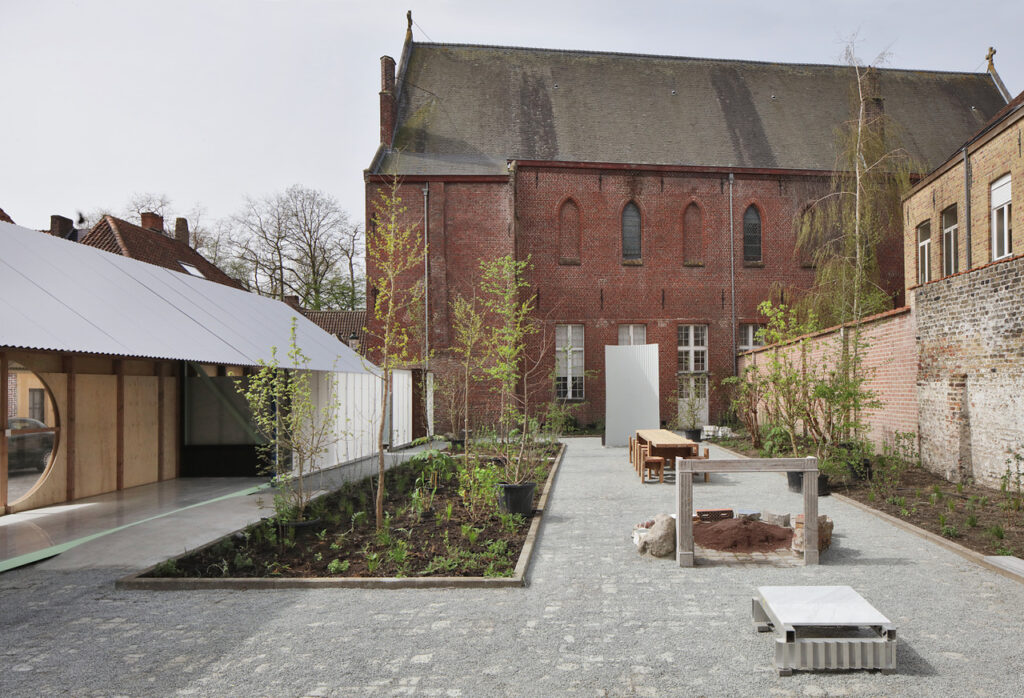
After three editions in which the Bruges Triennial focused on the fictional idea of the city as a megalopolis (2015), the metaphor of the Liquid City (2018) and Bruges between dream and TraumA (2021), today we want to talk about the future. In a UNESCO-protected heritage city where preservation is central, how can we think about concepts such as sustainability and change, and how can contemporary art and architecture create a new framework for this process?
Practical info
„Spaces of Possibility“
April 13 – September 1, 2024
Bruges Triennial 2024
Various locations, Bruges
Belgium
The past three years have brought many things into focus: multiple crises on a global scale are deepening environmental damage, increasing housing and work pressures, and affecting health and social life. While opportunism, extractivism and construction fever continue to set the tone, these times are also bringing a new awareness of our interdependencies and hold the potential for socio-ecological change.
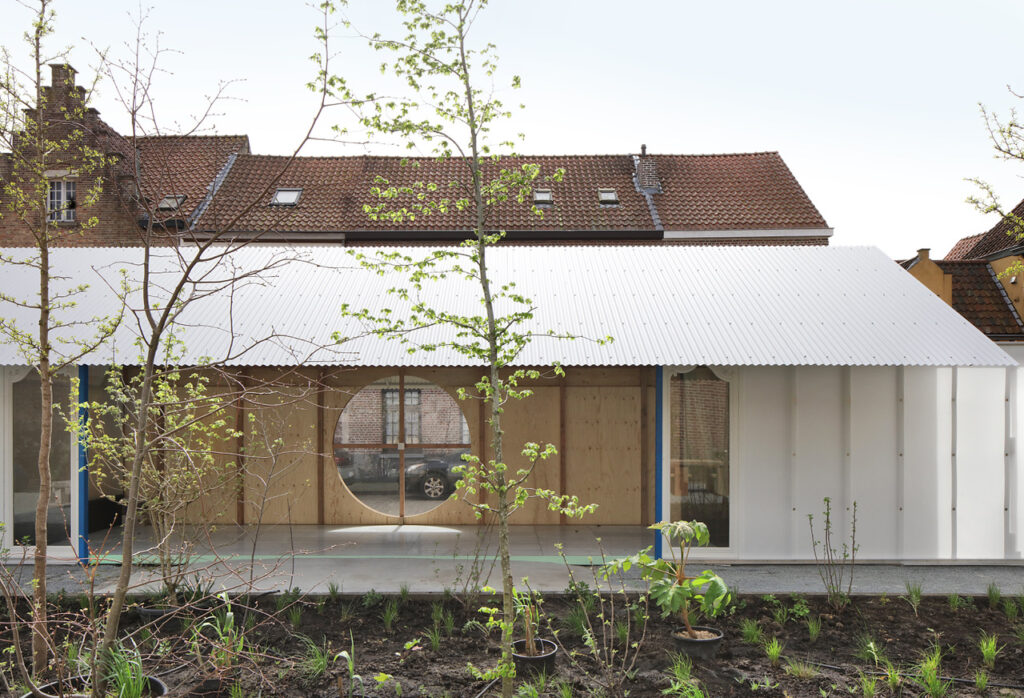
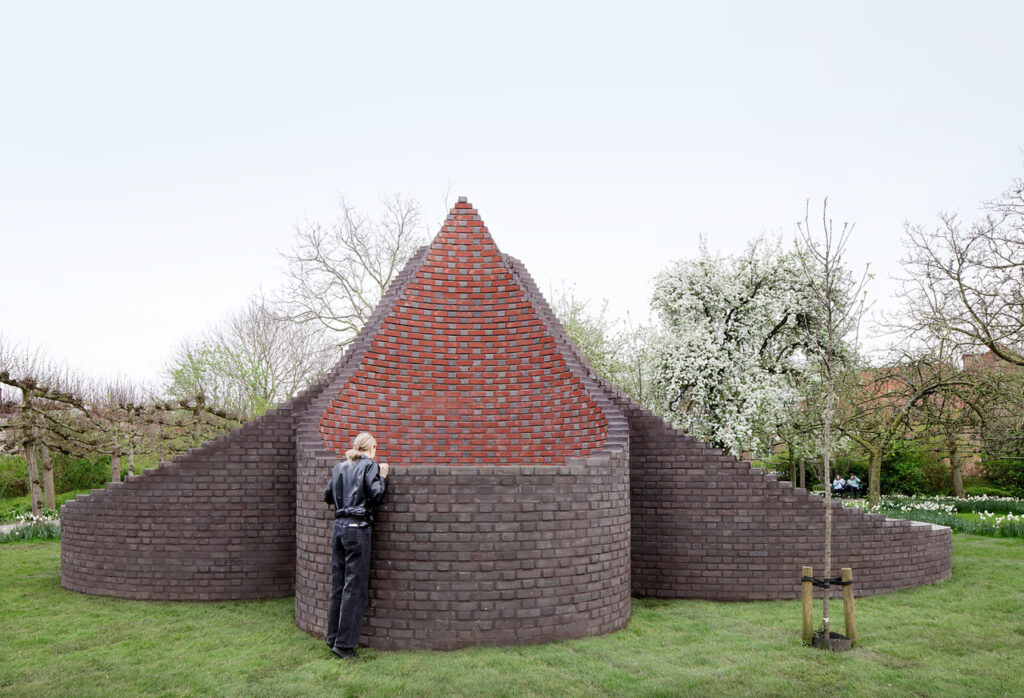
We are challenged to think differently, adopt new methods and use materials and resources more intelligently if we want to prioritise our well-being and that of the planet.
The role that public space assumes in this story is essential: of movement, encounter and creativity, of perspective, flexibility, chance and freedom. In Bruges too. A city that has evolved over the centuries, from a medieval metropolis to a hushed setting, from a neo-Gothic dream to a tourist destination that now tries to escape the masses. Shaped by a succession of histories, since its foundation in the 9th century, Bruges continues to evolve into the mesh we know today: a 13th-century structure that was declared a UNESCO World Heritage Site on 2 December 2000 and which, at 8.6 kilometres in circumference and a 430-hectare surface area, remains a city on a human scale. An attraction where modernity and industry seem absent within its shell, but is it so?
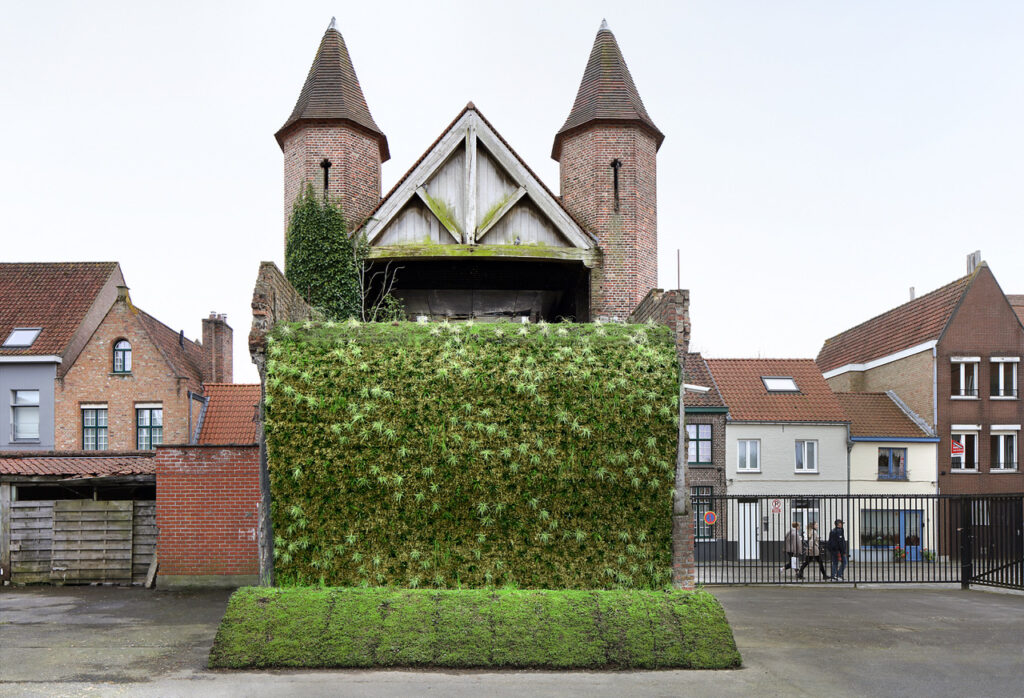
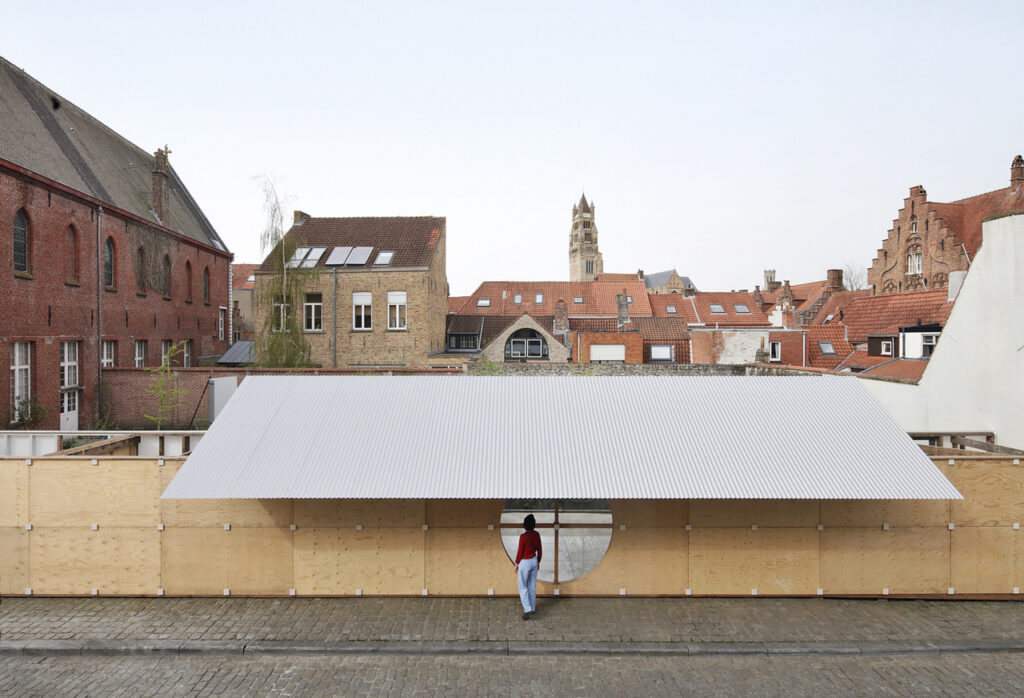
With Spaces of Possibility, we explore the city’s latent potential. How can we preserve the liveability of Bruges, which is struggling with a love-hate relationship for its heritage, and protect the city as a ‘city’? How can we make un(der)utilised or unnoticed sites viable again? Or, as the architectural practice RE-ST (2020) described it in its research on ‘wanderspace’, ‚using images to pave the way to a different use?‘

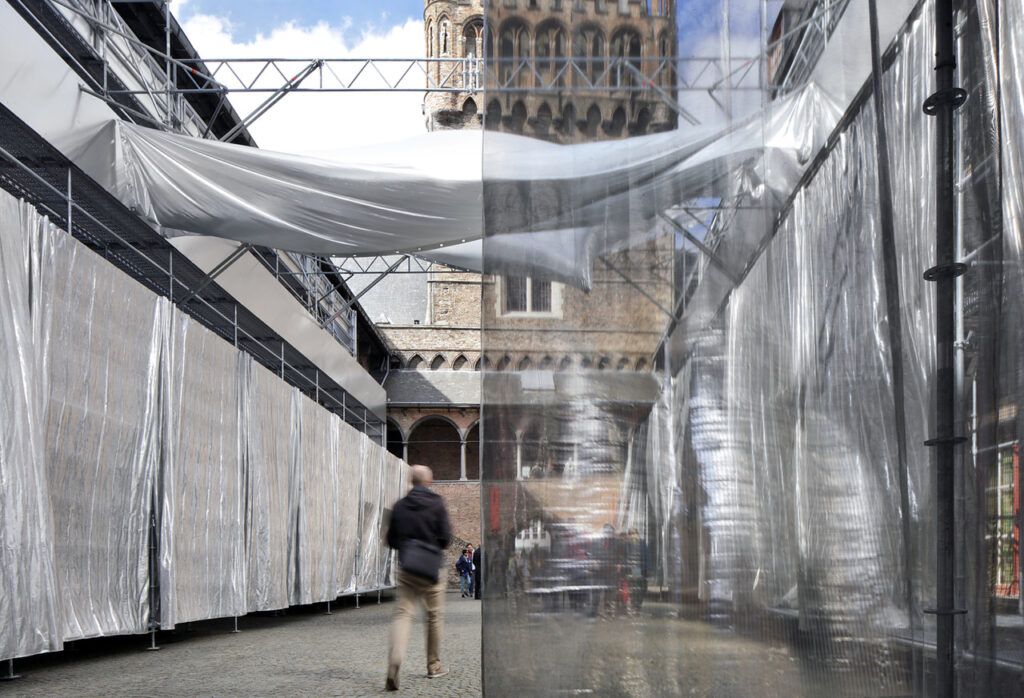
We are inviting twelve international artists and architectural firms to take a close look at Bruges’ morphology while walking through its streets, to identify gaps and – if only for a while – to give it a new interpretation. As ‘practitioners of the possible’, they look for beauty in what is often overlooked, exploit the potential of a place and make spatial suggestions rooted in the here and now.
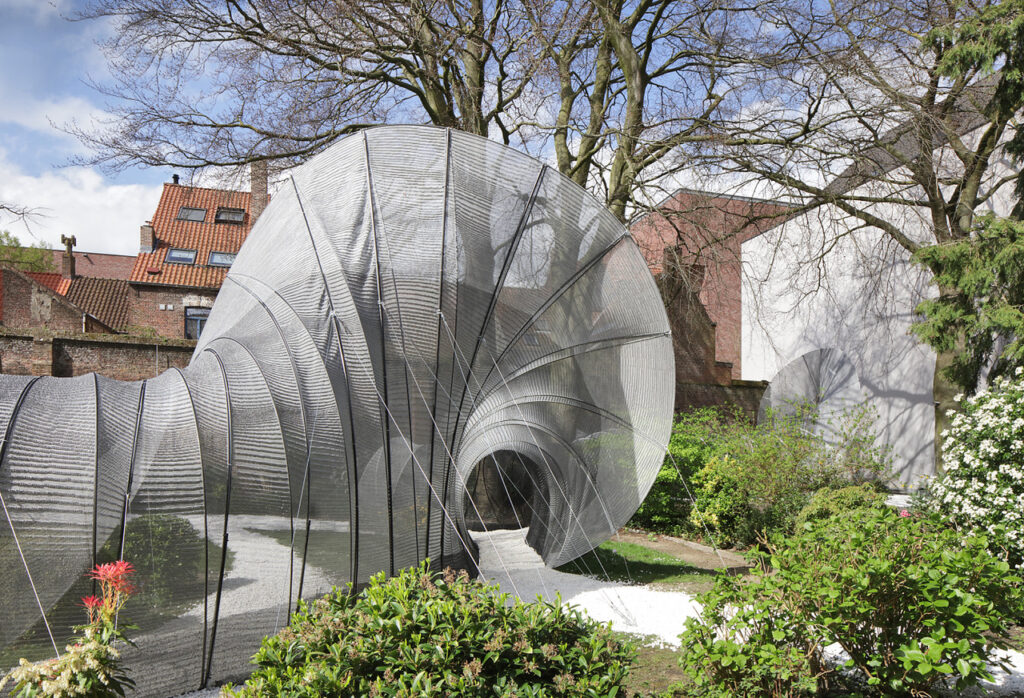
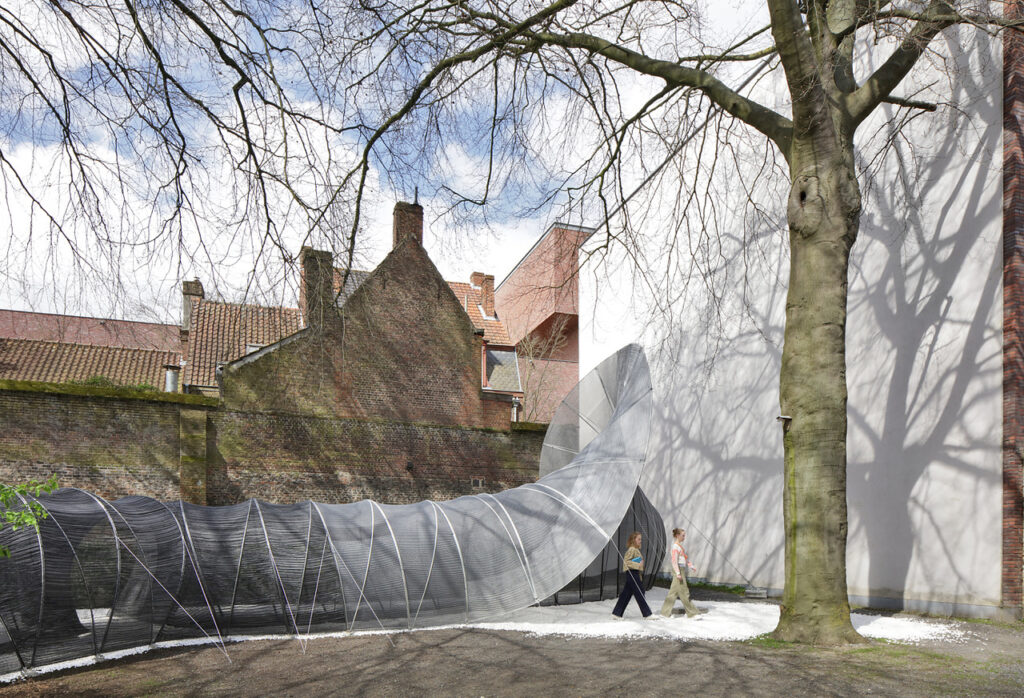
They will focus on the Centre, West Bruges and Zeebrugge regions, shifting their attention to city districts that have been hidden from view over the past decades or have recently undergone major transformations. Just think of the restructuring of ‘t Zand (West 8, 2018), the construction of a new Meeting & Convention Centre (Eduardo Souto de Moura and META architectuurbureau, 2021) or the expansion of Zeebrugge harbour, where the former polder village has now become the Port of Antwerp-Bruges, one of Europe’s largest seaports.


Twelve new, temporary art and architecture installations engage with these places. They show new forms of use, connect city districts and bring people and nature back together. They critically relate to the past, the rich heritage, the parkland and the urban environment and create new social, societal and ecological narratives that transcend the dominant paradigms.
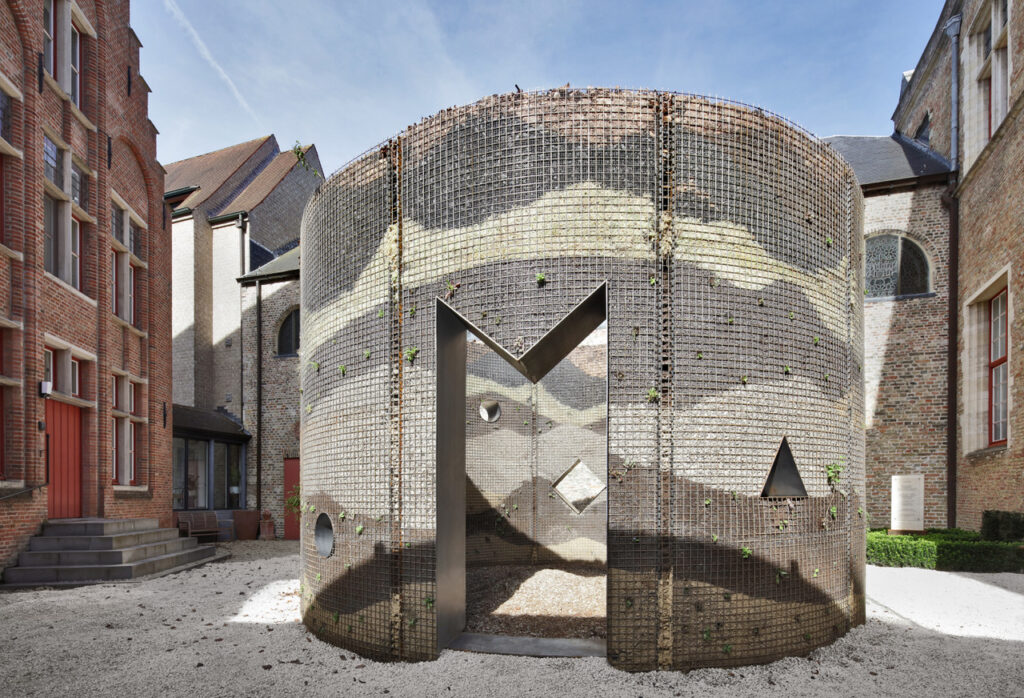

Spaces of Possibility questions the assumption that things are as they are and suggests that they could be otherwise. It forms a constant bridge between the local context and broader, collective thinking about the city and its potential future, where transformation is not the end goal, but a means that enables mental or spatial change through the transformative power of art and architecture.

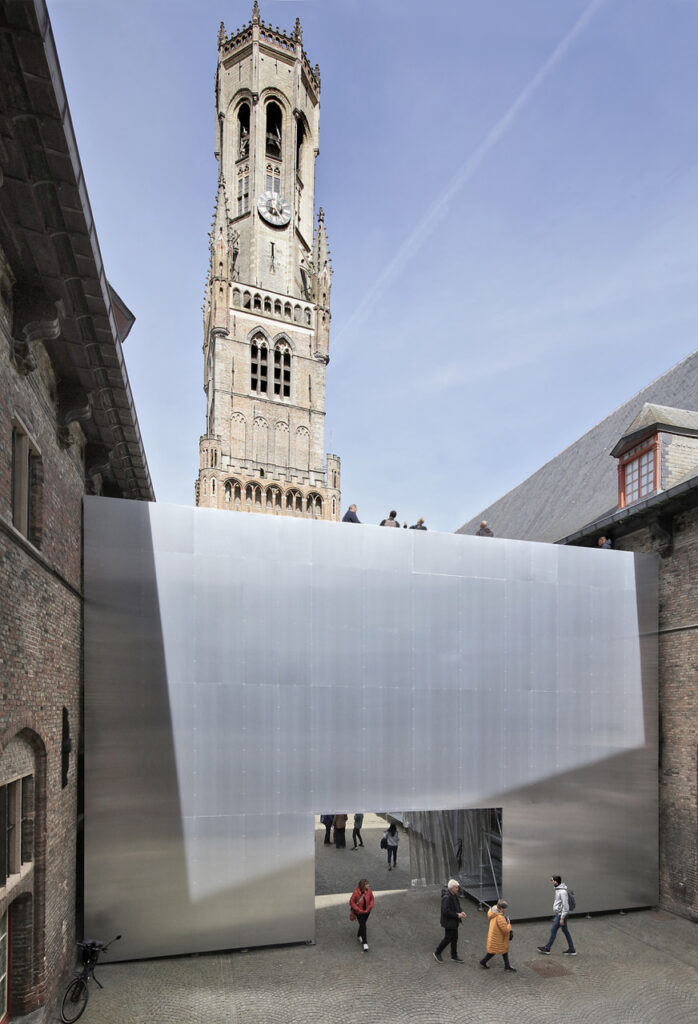
It establishes Bruges as a shared terrain for imagination, wonder and encounter and invites the public to discover the city from new horizons. In so doing, we are continuing Bruges Triennial’s mission as a platform for experimentation in 2024. We hope that it will continue to inspire, generate support and launch ideas for the future. An exercise in imagination; a glimpse of what Bruges, and cities in general, can be, today and in the future: Spaces of Possibility.

